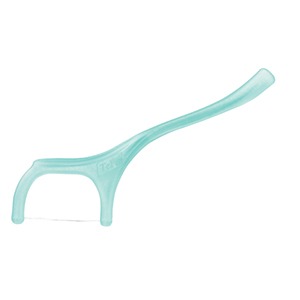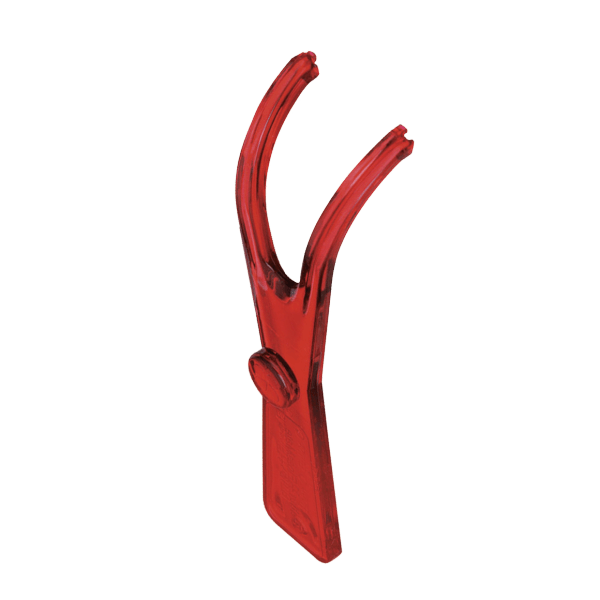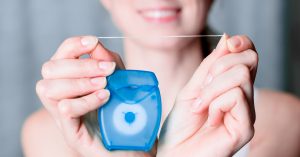Flossing
Did you know that flossing is just as important as brushing your teeth? This often comes as a surprise to many of our patients, so don’t worry if you didn’t know, you’re not alone!
Why do we Floss?
Toothbrushing alone only cleans around 60% of the tooth surfaces. This is because the bristles on our toothbrush cannot reach between the teeth, and this is where flossing comes in!
1. Preventing Decay
Flossing lowers your risk of tooth decay and gum disease by preventing the build-up of plaque.
Flossing disrupts and removes the bacteria between your teeth that cause this type of decay.
2. Preventing gum disease
If bacteria is left around the gum tissues for too long, it can start to cause inflammation.
Plaque begins to reform the minute you remove it, and if not removed it can lead to gingivitis, where gums become inflamed and bleed easily.
3. Managing Early Decay
Sometimes early decay is detected between the teeth in the enamel layer. At this stage, the decay is reversible with a reduction in sugar, adequate fluoride, and flossing the plaque away from the decayed area. Diligent flossing may be able to stop this type of decay progressing and needing a filling.
When To Start
Flossing should start when you have two teeth contacting each other. Depending on the spacing of the individual child’s teeth, this may first happen with the front teeth from as early as 12 months. For other children, the front teeth may never be in close contact, and it may be the molars that are the first teeth you need to floss. The second primary molars erupt from approximately 2-3 years of age.
It is the contact areas between the molars that are at the highest risk of decay.
Start by flossing once a day, as part of the night-time brushing routine.
How To Floss

Floss vs. Flossettes
- Sometimes easier to achieve better control of the floss tension
- Less plastic wastage
- More cost-effective
Flossettes & Floss Holders:
- Can help reach the back teeth, particularly if the child has a small mouth, active tongue, or the adult has large fingers.
- Children enjoy the novelty of them
- Easier to hold, especially for older children who wish to start trying to floss by themselves.



